
Category: futurism

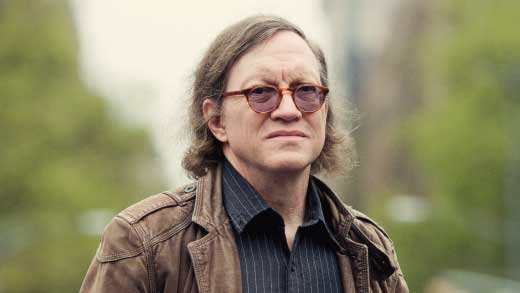

Grow and eat your own vaccines?
The future of vaccines may look more like eating a salad than getting a shot in the arm. UC Riverside scientists are studying whether they can turn edible plants like lettuce into mRNA vaccine factories.
One of the challenges with this new technology is that it must be kept cold to maintain stability during transport and storage. If this new project is successful, plant-based mRNA vaccines — which can be eaten — could overcome this challenge with the ability to be stored at room temperature.
The project’s goals, made possible by a $500,000 grant from the National Science Foundation, are threefold: showing that DNA containing the mRNA vaccines can be successfully delivered into the part of plant cells where it will replicate, demonstrating the plants can produce enough mRNA to rival a traditional shot, and finally, determining the right dosage.
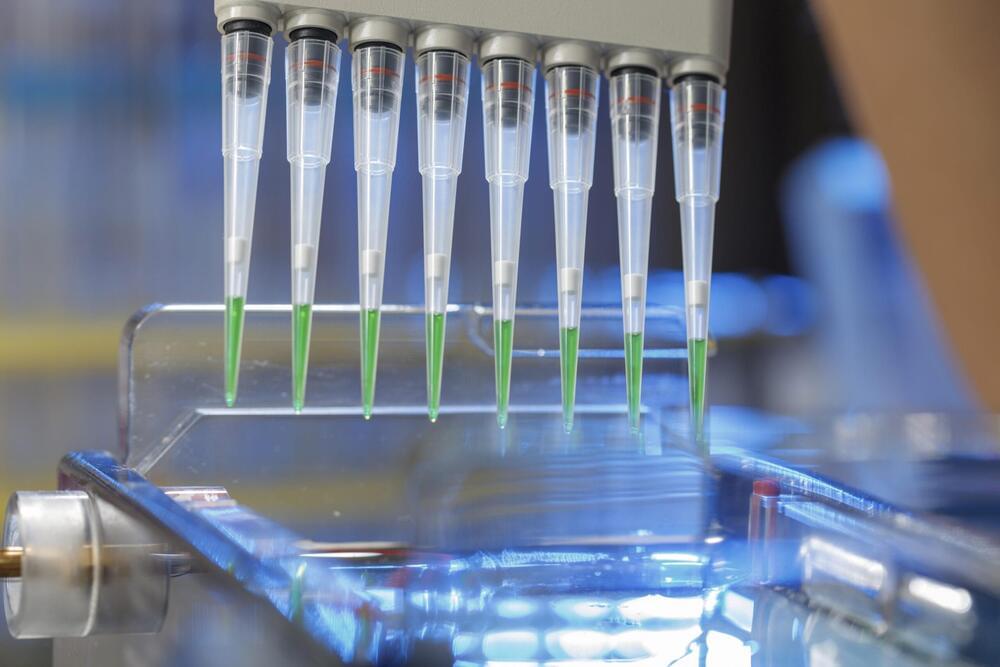
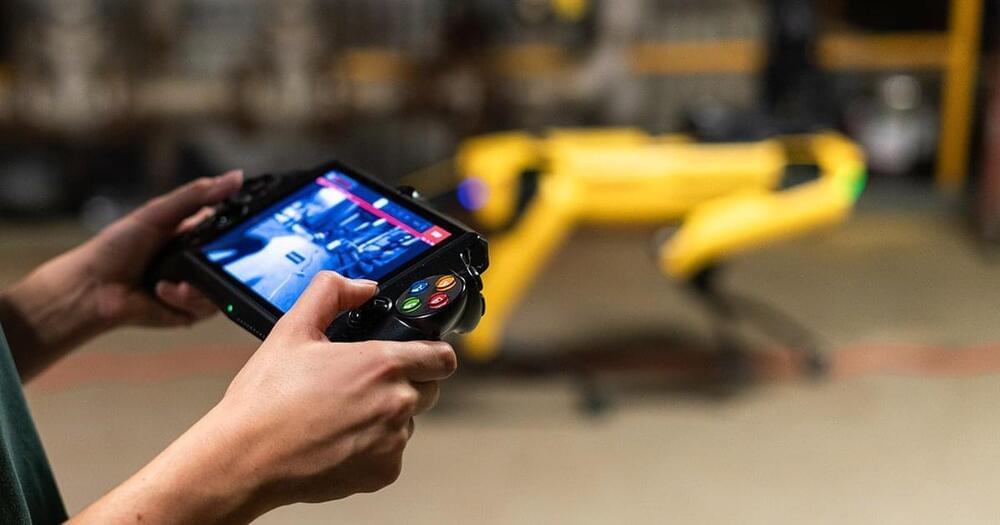
Spot Release 3.0: Flexible autonomy and repeatable data capture
Learn More.
Boston Dynamics.
We’re excited to announce Spot 3.0! This release adds flexible autonomy and repeatable data capture, making Spot the dynamic solution for real-world sensing.
The Spot Release 3.0 adds flexible autonomy and repeatable data capture; Spot is the data collection solution for safer and more efficient inspections.
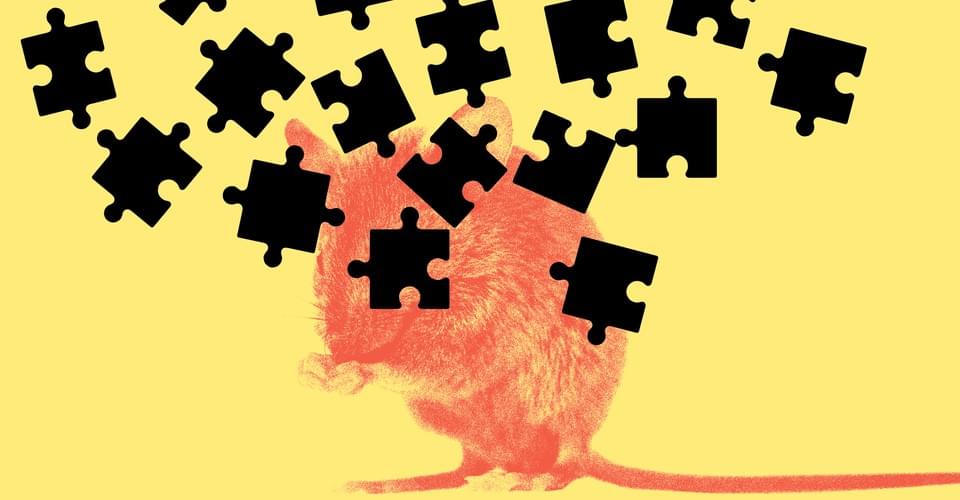
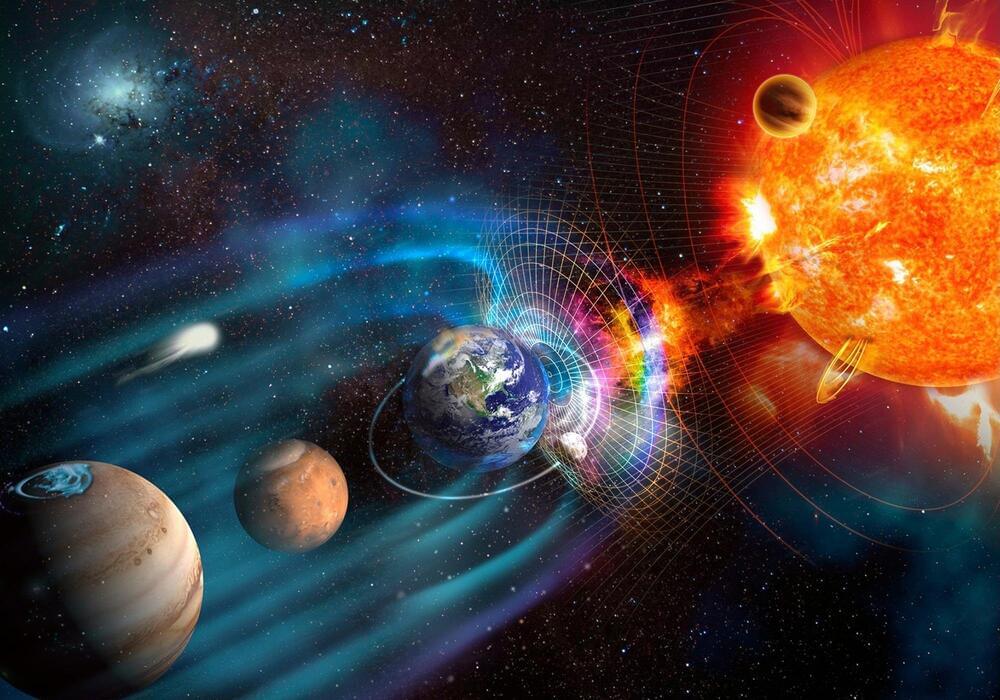
New Evidence of 200 Million-Year Cycle for Earth’s Magnetic Field
The findings of a new study by the University of Liverpool provides further evidence of an approximately 200 million-year long cycle in the strength of the Earth’s magnetic field.
Researchers performed thermal and microwave (a technique which is unique to the University of Liverpool) paleomagnetic analysis on rock samples from ancient lava flows in Eastern Scotland to measure the strength of the geomagnetic field during key time periods with almost no pre-existing, reliable data. The study also analysed the reliability of all of the measurements from samples from 200 to 500 million years ago, collected over the last ~80 years.
They found that between 332 and 416 million years ago, the strength of the geomagnetic field preserved in these rocks was less than quarter of what it is today, and similar to a previously identified period of low magnetic field strength that started around 120 million years ago. The researchers have coined this period “the Mid-Palaeozoic Dipole low (MPDL).”
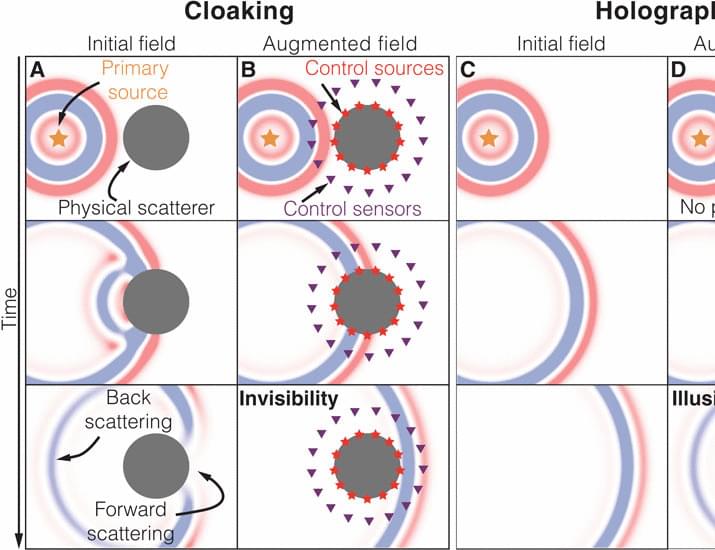
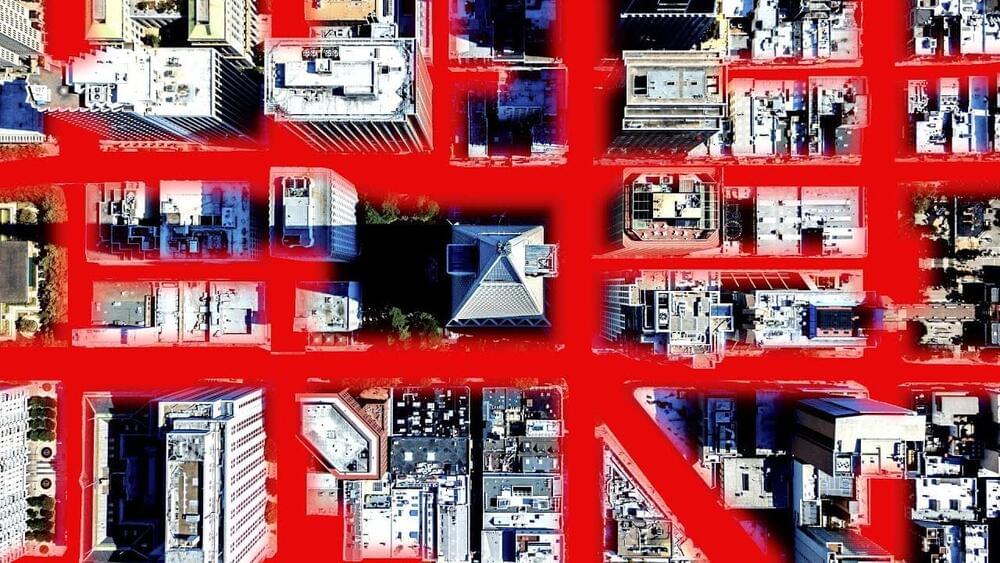
How Our Streets Got Stolen From Us
Sign up for Morning Brew for free today: https://bit.ly/mbadamsomething.
Turns out we’ve been driving on McRoads this entire time.
Check out my Patreon tiers: https://www.patreon.com/adamsomething.
Join my Discord: https://discord.gg/2YcarWsc8S
Images of Barcelona I’ve used:
https://unsplash.com/photos/X6o9QhsxkmM
https://unsplash.com/photos/hVhfqhDYciU
https://unsplash.com/photos/c8vMIaXR784
Thumbnail basis:
https://unsplash.com/photos/2-B9yMEh2mk
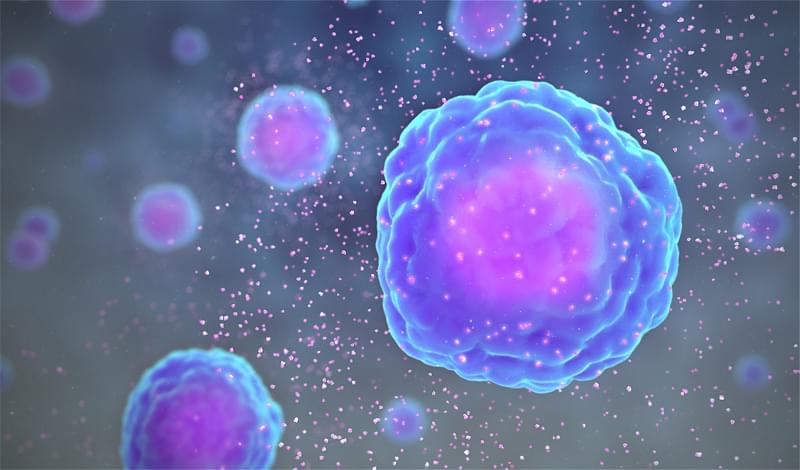
MRNA cancer therapy enters human trials after success in mice
BioNTech, the company that partnered with Pfizer to develop a COVID-19 vaccine, is now testing whether mRNA can be used to treat cancer.
Messenger RNA (mRNA) vaccines work by tricking our bodies into producing a small part of a virus. For the Pfizer–BioNTech COVID-19 vaccine, this involved isolating the spike protein of SARS-CoV-2 (the virus that causes COVID-19). This protrudes from the outer surface of the virus and is used to latch onto specific cells in your body, infecting them and causing more copies of the virus to be made. Researchers obtained the spike protein’s RNA, then created mRNA based on these molecular instructions.
Once injected, the mRNA vaccine will instruct cells to build spike proteins in large volumes – not the virus itself, just the spike protein. This is enough to kickstart our immune response, training the body to recognise the spike protein, without making us sick. B-cells (also known as lymphocytes) can last for months or years and will “remember” the spike protein, making Y-shaped proteins called antibodies to destroy any SARS-CoV-2 encountered in the future.